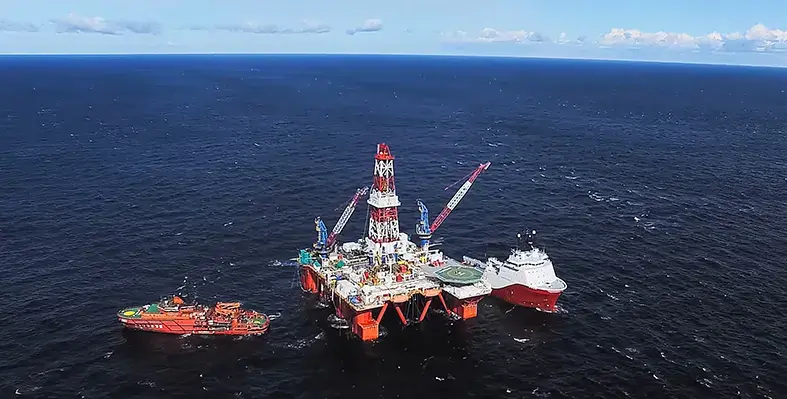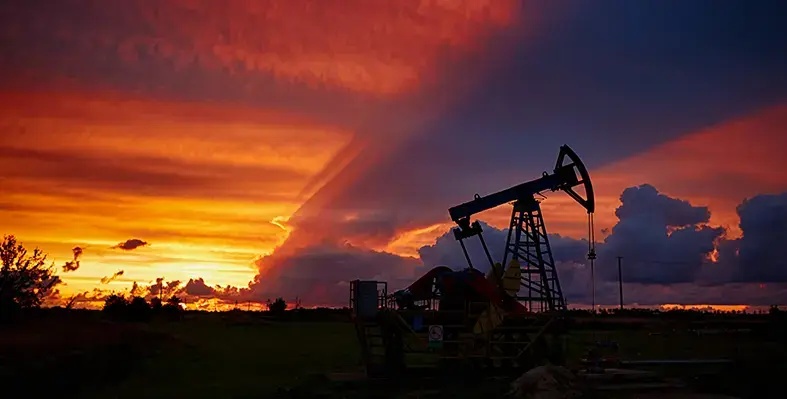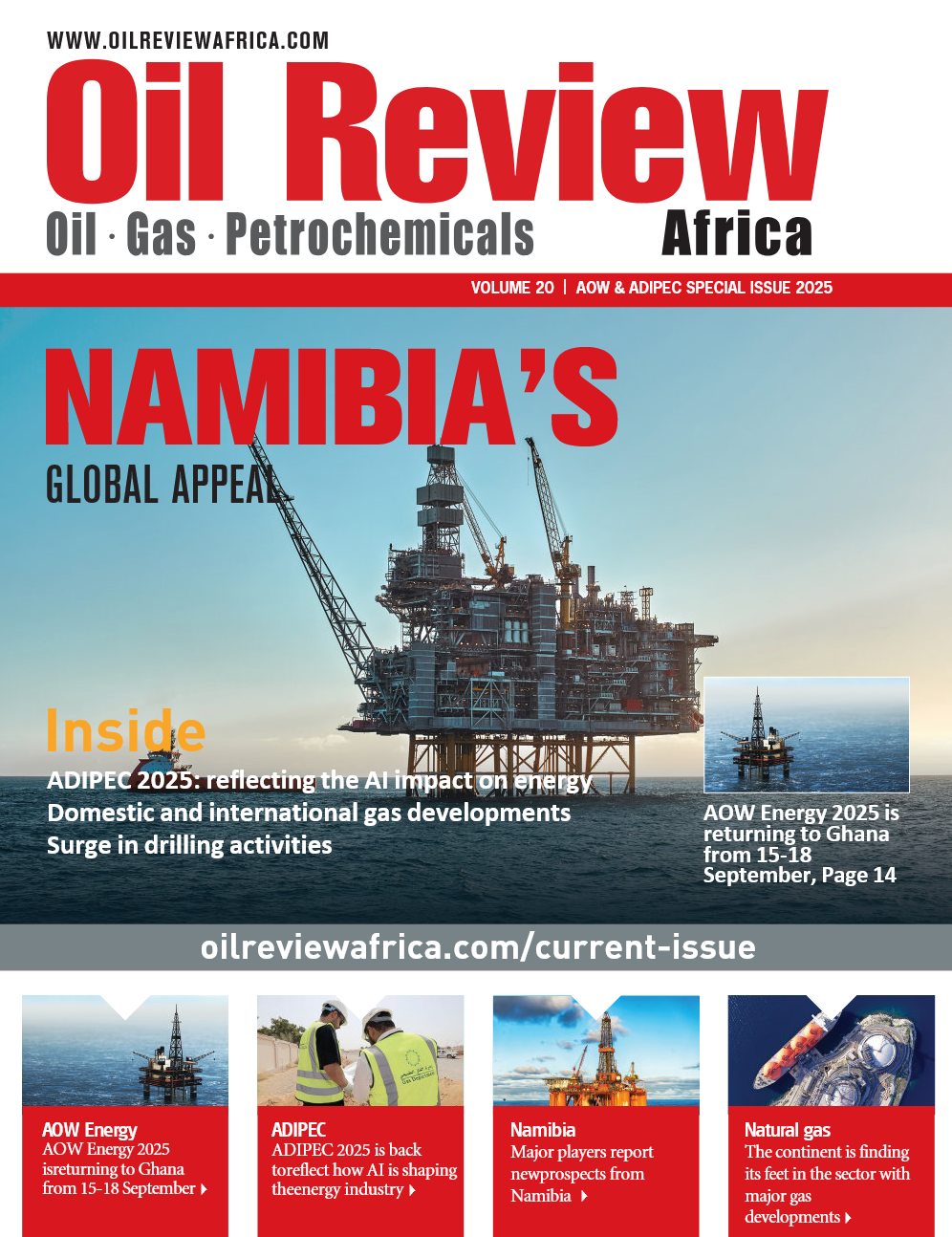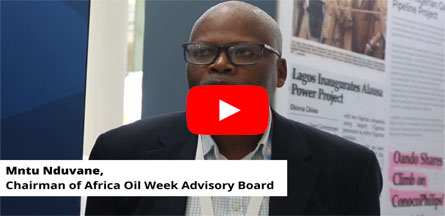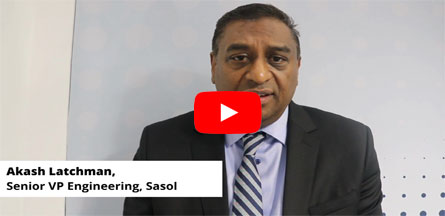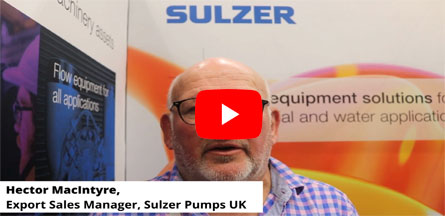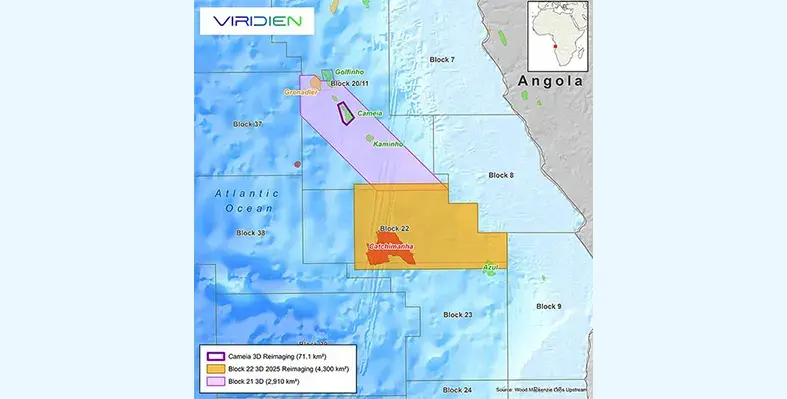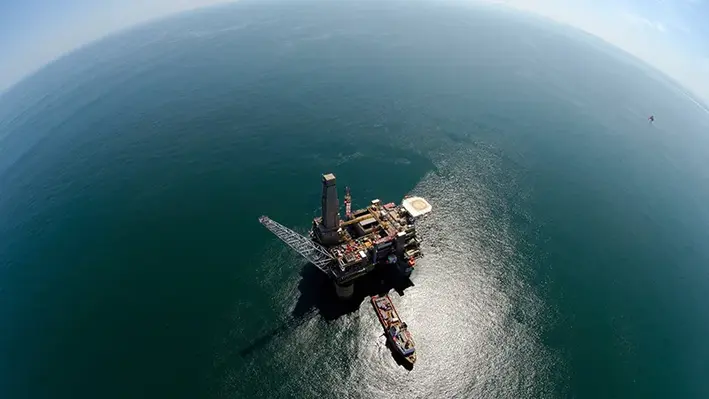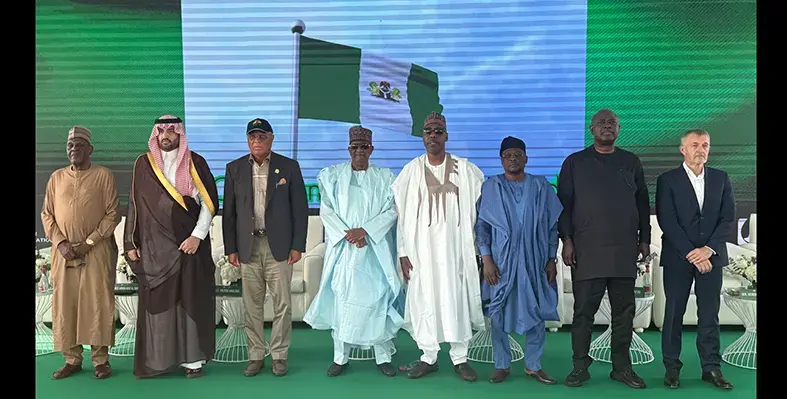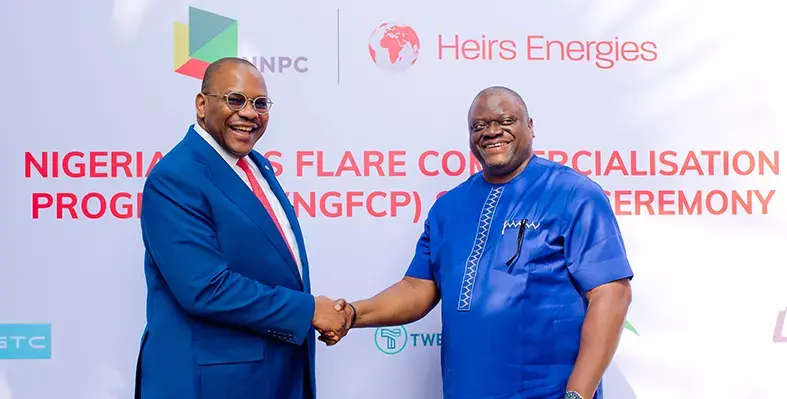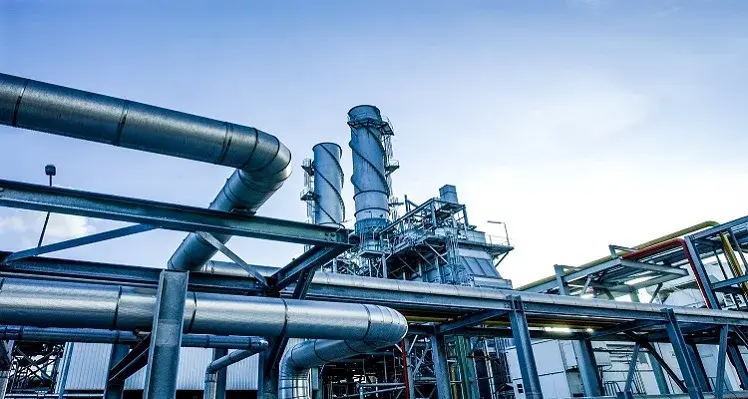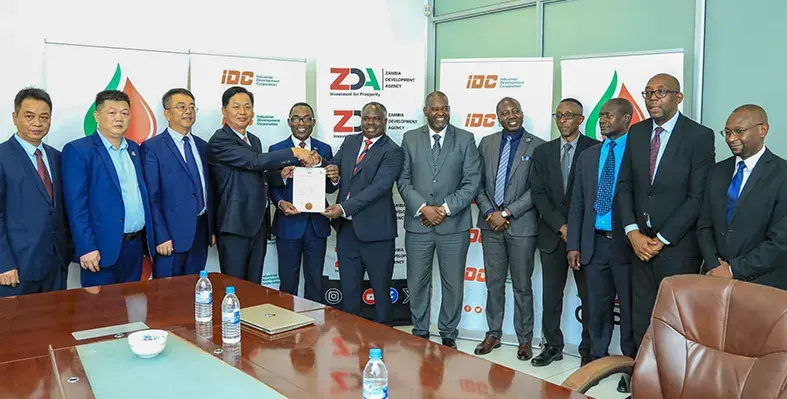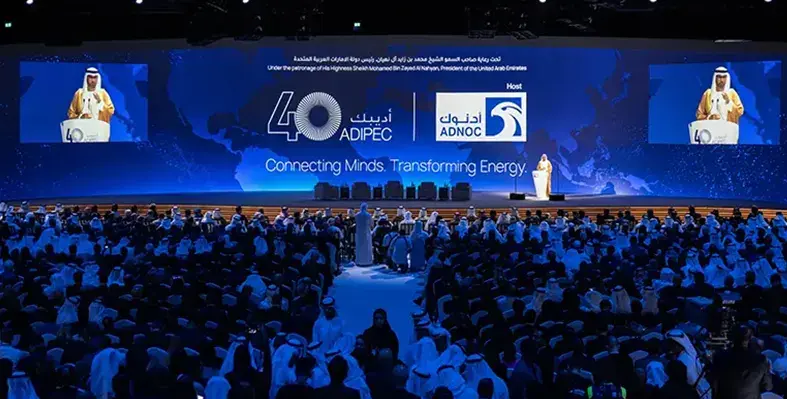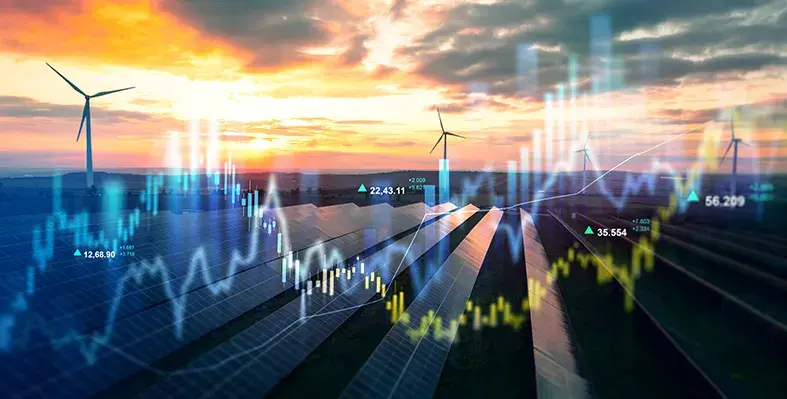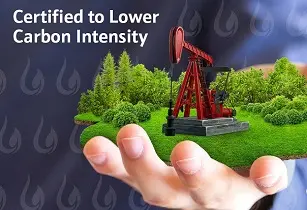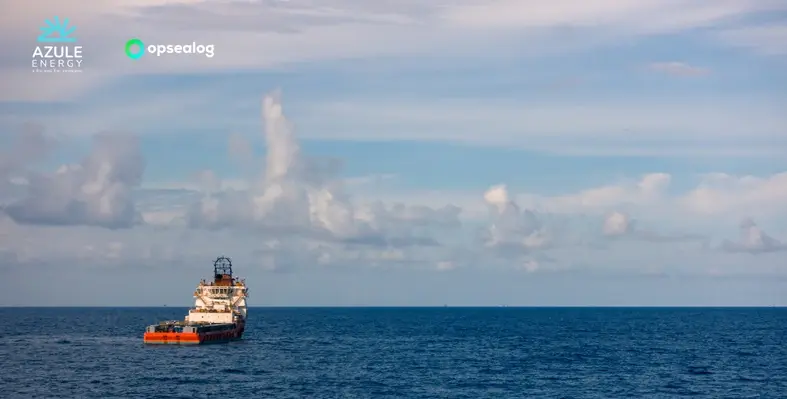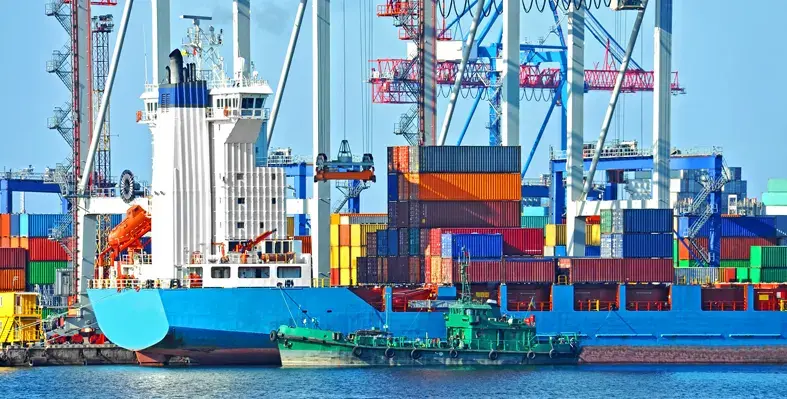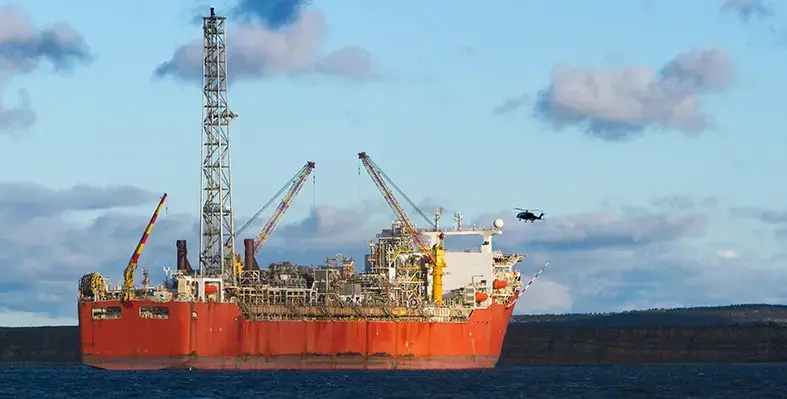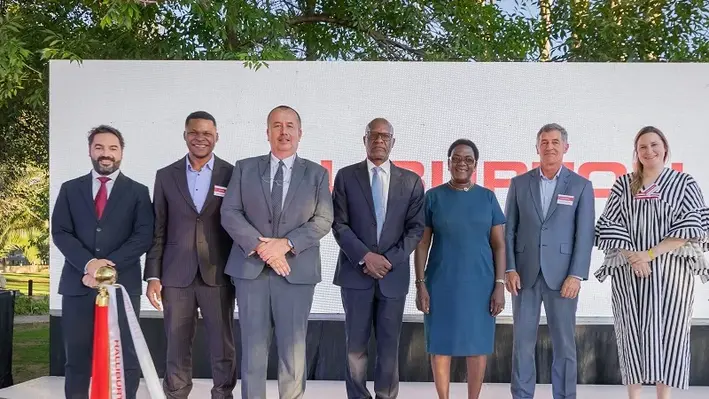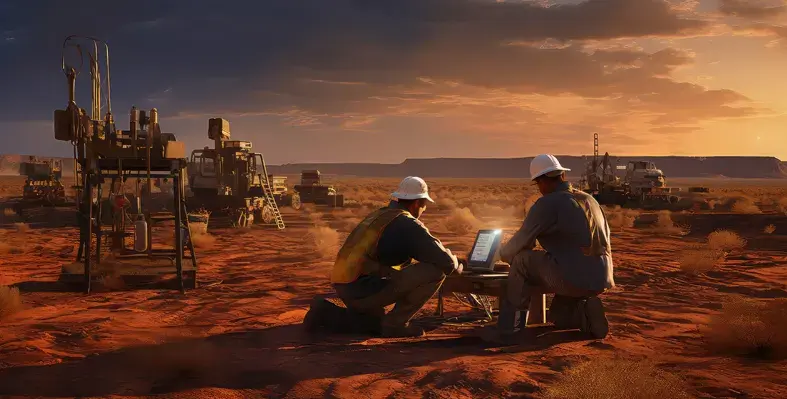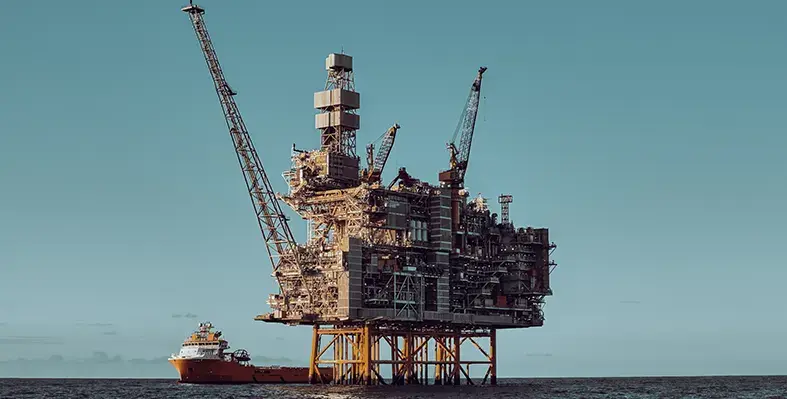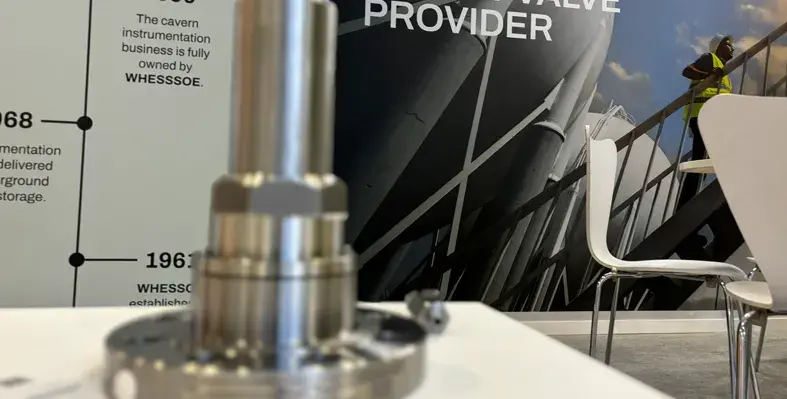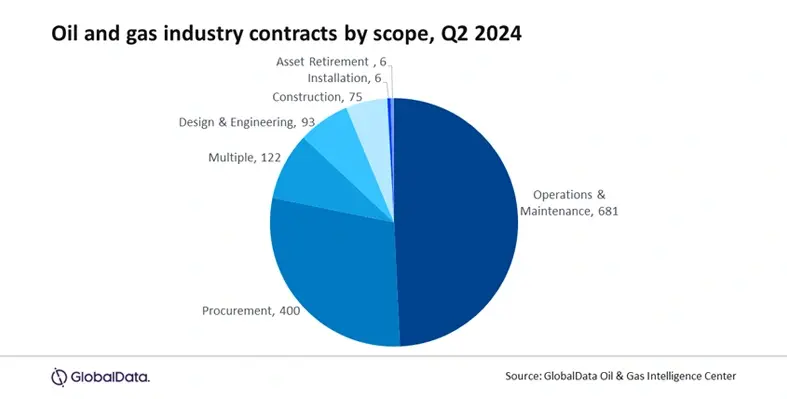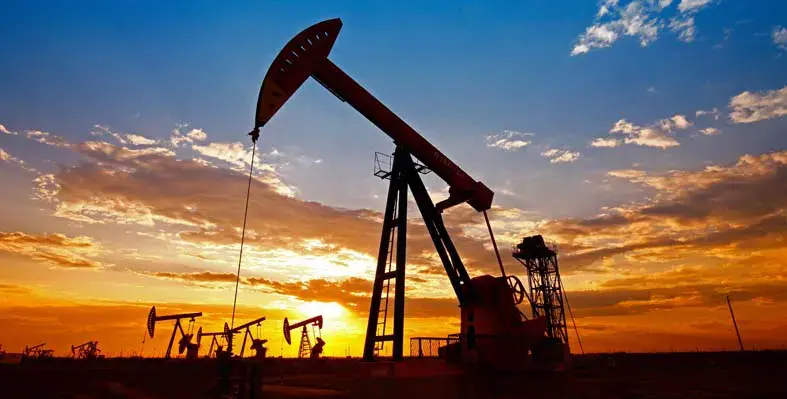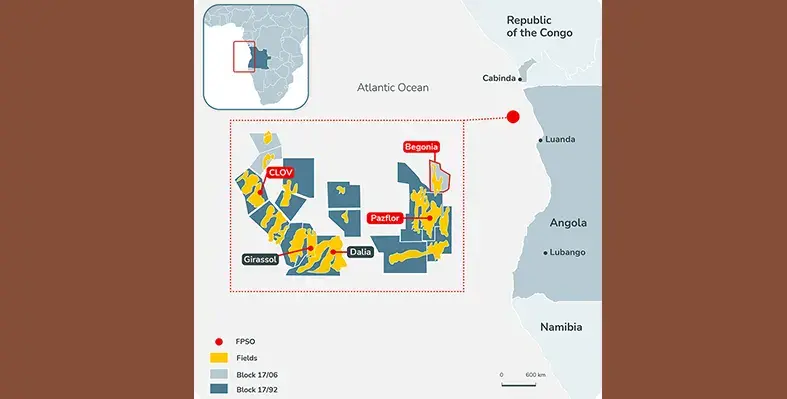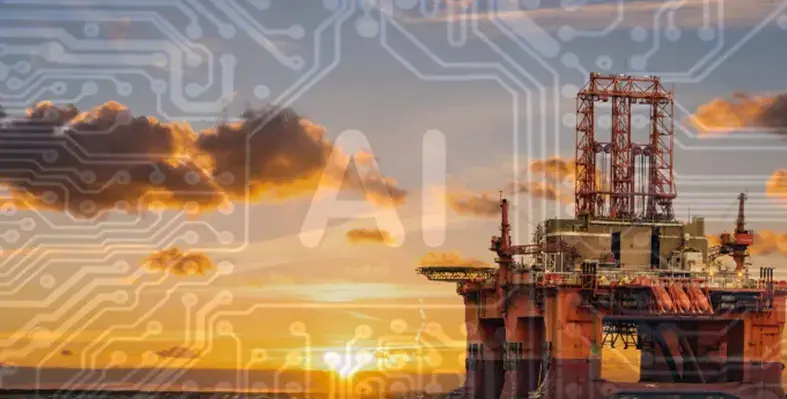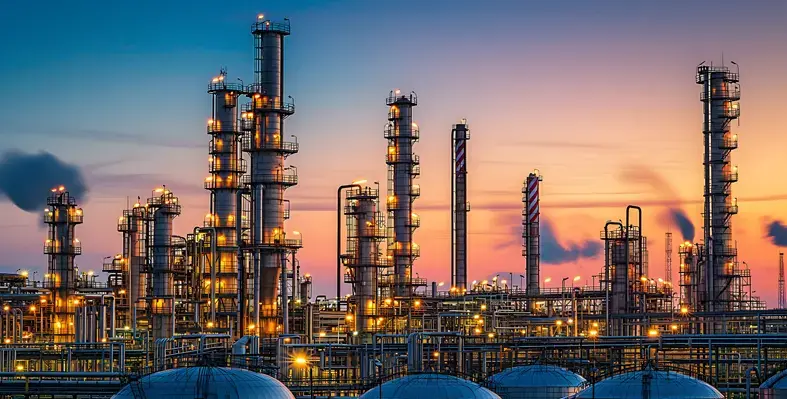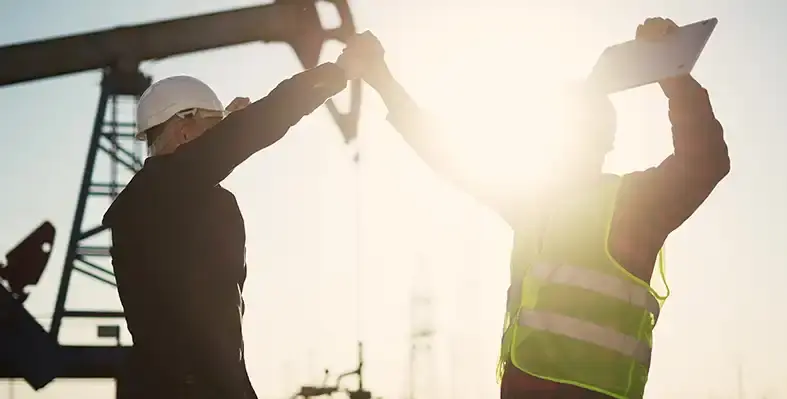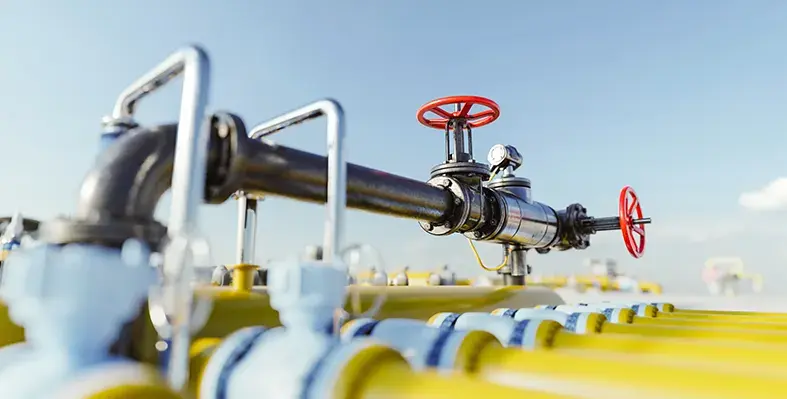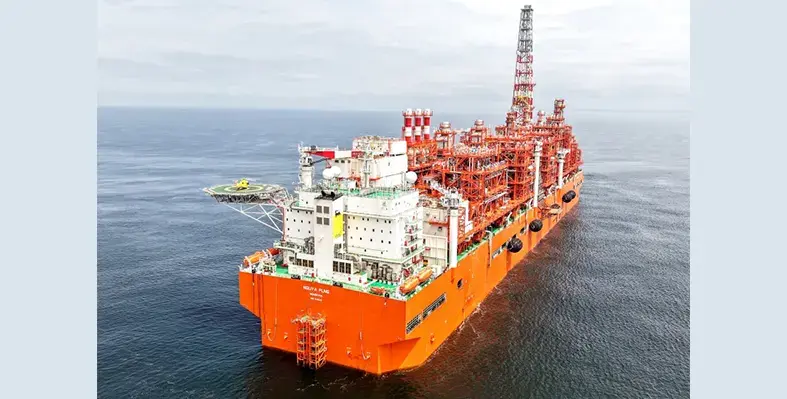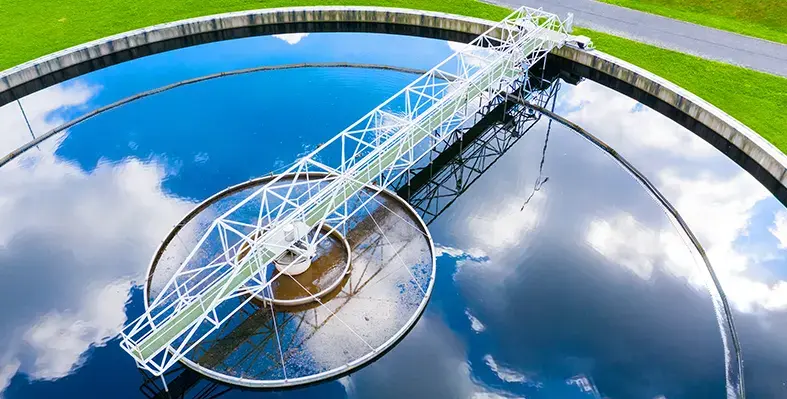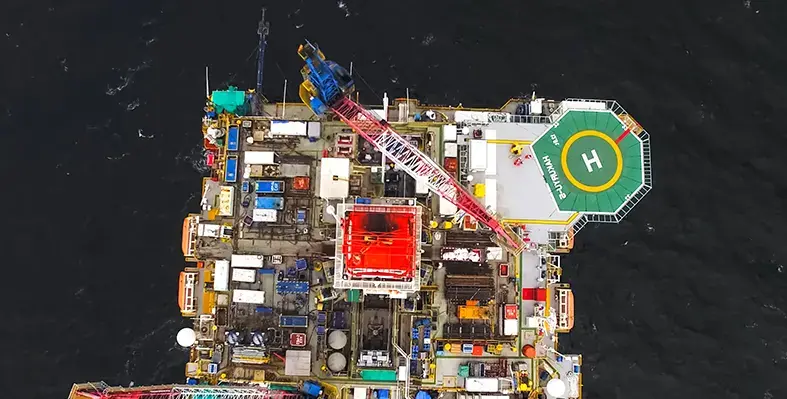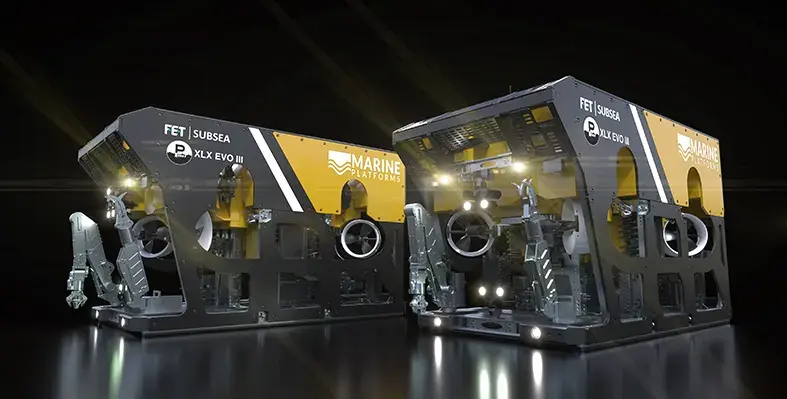In The Spotlight
Following Coral South, Mozambique's second floating liquefied natural gas project, Coral North development, is ready for engineering, procurement, construction, and installation work in water depths of approximately 2,000 m
As TechnipFMC will be delivering the contract, the company's president-subsea,Jonathan Landes, said, “We are excited to once again work with Eni and their consortium partners in Mozambique. We will leverage our experience gained from the successful delivery of Coral South—the world’s first FLNG project in ultradeep water—by replicating our proven playbook with an enhanced approach.”
The contract will require TechnipFMC to manufacture and install flexible flowlines and risers, alongside subsea manifolds and umbilicals.
TechnipFMC has secured the contract from the project's operator, Eni, who reached the final investment decision of the Coral North project in October this year, and aims delivery by 2028.
While Eni is leading the venture with a 50% share, other partners include CNPC (20%), Kogas (10%), ENH (10%) and ADNOC-subsidiary XRG (10%). Eni will be investing on the development of a state-of-the-art floating LNG facility in the Rovuma Basin, where it will be generating gas volumes from the northern part of Area’s 4 Coral gas reservoir.
The Coral North development follows the success of the Coral South project, which effectively continues to be in production.
As Reconnaissance Energy Africa reports a productive 2025 in its year-end corporate operational performance, the company is preparing to conduct a well test in Damara Fold Belt offshore Namibia
“We are preparing to conduct a production test on Kavango West 1X, which will allow us to conduct a longer flow period and pressure buildup analysis to better calculate potential production rates and reserve estimates. Early planning suggests that we may test up to eight separate reservoir intervals of interest,” said Nick Steinsberger, Senior Vice President Drilling & Completions.
Unlike the usual process, the partners are prioritising production testing over a drill stem test to allow for more controlled testing of isolated intervals of interest. This way better addressed the operational challenges posed by a 2,000-m open hole section in adequately testing the entire gross Otavi reservoir at one time.
Production casing and testing equipment are being sourced before testing operations can be commenced in the first quarter of 2026. In a span of roughly two months, up to eight zones of interest will be evaluated.
Wireline logging from the Huttenberg and Elandshoek formations within the Upper Otavi Group have also indicated promising results. Well analysis from the Elandshoek sections shows 81 m of hydrocarbon fluorescence found in cuttings, a clear indicator of hydrocarbons. Indications of fracturing were pervasive based on well logs.
Also, rapid increases in gas readings after drilling connections indicated hydrocarbons flowing actively towards the wellbore.
“We have had an active and productive 2025 in which we advanced the Company on multiple strategic fronts. We completed drilling our second well in the Damara Fold Belt resulting in encountering of significant hydrocarbons, extended our acreage position into Angola at a low cost of entry and expanded our asset portfolio into offshore Gabon to help balance our investment risk profile. These actions set the Company up for several important milestones in 2026.
We are preparing for the production test at Kavango West 1X next year after only our second exploration well drilled in the Damara Fold Belt, a unique position to be in when exploring a new basin. Our teams are working on procuring the equipment needed for this test which is expected to commence operations by the end of the first quarter of 2026.
While recently visiting Namibia after our Kavango West 1X well results, the partnership group operated by ReconAfrica and including NAMCOR and BW Energy, had the privilege of meeting Her Excellency President Nandi-Ndaitwah. We are grateful for the President’s recognition of the significance of hydrocarbons encountered in the Kavango West well and how the partnership can help support onshore hydrocarbon development and the long-term energy supply for Namibia,” said Brian Reinsborough, President and CEO.
Middle East-based natural gas company, Dana Gas, has made a significant gas discovery following the drilling of the North El-Basant 1 exploratory well in Egypt’s onshore Nile Delta
As the company conducted initial analysis, the well indicated the presence of an estimated reserves of 15-25 bn cu/ft of gas. This encourages production expectations to exceed 8 mn cu/ft per day once the well is connected to the national network.
The promising results come from the fourth of the 11 development and exploration wells under Dana's US$100mn investment programme to support domestic gas production, increase reserves and meet growing energy demand. This programme has been deseigned to boost long-term production, accumulating approximately 80 bn cu/ft in recoverable gas reserves for vast coverage.
The company is now preparing to spud the fifth well in the programme, the Daffodil exploration well, in January 2026.
On the other hand, three wells were recompleted earlier this year, adding 9 mn standard cu/ft per day of production. Drilling and recompletion programmes are adding approximately 30 mn standard cu/ft per day of new production.
Richard Hall, CEO, Dana Gas, said, “The latest drilling success reinforces the value of our investment programme in Egypt and highlights the significant remaining potential within the Nile Delta. The North El Basant-6 result builds on the momentum of our earlier wells and supports our efforts to increase domestic gas supply and reserves. By increasing local gas production, the programme will help reduce Egypt’s reliance on imported LNG and fuel oil and is expected to generate more than one billion dollars in savings for the national economy over time.
“Our agreement with EGAS has enabled us to secure additional acreage under improved fiscal terms and to accelerate this new phase of drilling activity. We appreciate the strong cooperation from EGAS and the Ministry, and we remain committed to delivering the majority of our planned programme next year. Regular and timely payments from our partners are crucial to sustaining our investment programme in Egypt.”
The Nigerian Upstream Petroleum Regulatory Commission announces fresh ambitions with the appointment of the new commission chief executive, Oritsemeyiwa Eyesan, who delivers clear message to advance the country’s upstream oil and gas sector in line with the Petroleum Industry Act (PIA) 2021
While conducting her first town hall meeting with the Commission management and staff, the new executive disclosed plans to give the Commission a shake up and boost investments in the upstream sector.
As she is giving special emphasis on production optimisation and increased gas output from Nigeria, Eyesan said, "The goal is that we must enable the industry, we are regulators. We must enable the industry from our interactions with the stakeholders, from our interactions with everybody.
“My main objective is to ensure that we make a difference. I believe the NUPRC is at the Center of the industry.”
The chief executive brings an extensive experience for more than three decades in the oil and gas sector, which she will be leveraging to increase digitalisation, transparency and efficiency in operations.
The CCE said with the support of staff and management, the NUPRC will become the gold-standard regulator in Africa. She also promised capacity development, stronger technical depth and sustained engagement with stakeholders, unions and professional teams.
On leadership style, the CCE promised an open-door policy and frequent staff engagement. Eyesan also solicited for support and cooperation as the industry embarks on the next phase of transformation.
“If we work together we can unleash opportunities, I don’t see impediments only opportunities,” she said.
Energy intelligence firm, TGS, has extended its agreement with the Ministry of Petroleum and Mineral Resources (MOPMR) to the continued rights to market and license geophysical data covering Somalia’s offshore basins
The agreement will support TGS' vision to aid the progress of underexplored regions with its comprehensive regional data library for the evaluation of significant exploration potential. The company assures operators of the reliability of its datasets in assessing investment opportunities across numerous available offshore blocks.
In Somalia, TGS is exclusively offering valuable insights into more than 46,000-line kms of modern 2D seismic data and beyond 50,000 kms of aeromagnetic data. The data reflecting the region's geological framework and prospectivity is backed by the company's cutting-edge acquisition technology and advanced imaging solutions.
“This extension further underscores our long-term commitment to the Federal Republic of Somalia and its offshore licensing programme,” said David Hajovsky, executive vice president multi-client at TGS. “With access to our exclusive, modern seismic and aeromagnetic library we are ready to support the Ministry of Petroleum & Mineral Resources as they open up one of the world’s last frontier hydrocarbon provinces.”
Nigeria's HI gas field development will be supported by Halliburton by the way of an integrated drilling services contract for Shell Nigeria Exploration and Production Company (SNEPCo), in collaboration with Sunlink Energies
The HI gas field development, which is part of OML 144, will see Halliburton's services for advancing feed gas supply to the Nigeria LNG Train 7 facility.
"This contract reflects our dedication to deliver integrated solutions that improve performance and efficiency in offshore environments. The company will deploy technologies integrated with LOGIX automation and remote operations to help improve drilling precision, efficiency, and safety in offshore operations. Our collaboration with SNEPCo and Sunlink Energies advances the HI gas field and contributes to the future of the energy industry in Nigeria," said Shannon Slocum, president, Eastern Hemisphere at Halliburton.
Halliburton’s project management team will support the drilling execution and provide integrated services to deliver end-to-end solutions. The company's advanced technology solutions combined with its strong presence in Nigeria will advance the HI Project’s operational and production goals.
The Nigerian National Petroleum Company and Heirs Energies have signed the Gas Flare Commercialisation Agreements as part of the Nigerian Gas Flare Commercialisation Programme (NGFCP) and approved Non-NGFCP frameworks
This marks a shift from regulatory approvals to practical application, whereby flare gas volumes across OML17 will be captured and channelised for productive use, including power generation, industrial applications, LPG and CNG.
With an aim to eliminate routine flaring, this significant cause brings together Heirs Energies, as operator of the OML 17 Joint Venture, and approved flare gas offtakers - AUT Gas, Twems Energies, Gas & Power Infrastructure Development Limited (GPID), PCCD and Africa Gas & Transport Company Limited (AGTC).
Representing NNPC while speaking at the ceremony, the chief upstream investment officer of NUIMS, Seyi Omotowa, said, “For us at NNPC Limited and NUIMS, flare gas commercialisation is not a compliance exercise; it is a strategic pathway to improving energy availability, deepening gas-based industrialisation and strengthening Nigeria’s position as a responsible energy producer. OML 17 has become a practical model of this vision, moving decisively from approval to delivery.”
Ojo Olalekan Ezekiel, Senior Manager, NUPRC, said, “This ceremony demonstrates Heirs Energies’ commitment to eliminating routine gas flaring across OML17 and aligns fully with the Commission’s Gas Flare Commercialisation Programme and national energy and emission-reduction objectives.”
“Gas sits at the heart of Nigeria’s development journey. Through disciplined investment, partnership with regulators and credible offtakers, and a clear execution focus, we are converting waste into value, strengthening domestic energy supply and supporting responsible operations across OML 17,” said Heirs Energies’ Chief Executive Officer, Osa Igiehon.
Major refining projects are set to transform Africa’s energy landscape and boost self-suffciency
Africa is set to add 1.2mn barrels per day (bpd) of new refining capacity by 2030, representing one of the fastest downstream expansions globally, according to the newly released 2025 OPEC World Oil Outlook.
At the forefront of Africa’s refining expansion is Nigeria’s 650,000-bpd Dangote Refinery, which began operations in 2024 and is already reshaping regional fuel trade dynamics. Further developments include the 200,000-bpd Akwa Ibom Refinery, also in Nigeria, and Angola’s state-driven push to bring online the 200,000-bpd Lobito Refinery and 100,000-bpd Soyo Refinery by 2030.
Uganda’s refining ambitions are taking shape with a 60,000-bpd facility in Hoima, part of the country’s broader Lake Albert basin development plan, while modular refinery projects in Ghana, Guinea-Conakry, the Republic of Congo and additional sites in Nigeria are buiding capacity in markets where infrastructure and financing hurdles persist. In North Africa, Algeria (Hassi Messaoud), Libya (Ubari) and Egypt (Soukhna) are all advancing refinery projects aimed at capturing higher margins, improving domestic supply security and reducing dependency on imports of refined petroleum products.
According to OPEC, Africa will need over US$40bn in refining investments by 2030 to meet its mid-decade objectives, and beyond that, an additional US$60+ billion for refinery construction, modernisation and secondary processing capacity upgrades. This opens a US$100 billion investment opportunity for project developers, institutional investors, sovereign wealth funds and energy-focused private equity.
Africa’s rising domestic consumption of crude – forecast to reach 4.5 million bpd by 2050 from just 1.8 million bpd in 2024 – further underlines the need for investing in downstream infrastructure.
If the continent seizes this momentum, it can move beyond being a raw crude exporter to becoming a competitive, resilient and integrated energy producer.
The 2025 edition of African Energy Week (AEW): Invest in African Energies in Cape Town will provide a platform for governments, operators and financiers to align on next-phase refinery projects, policy incentives and deal pipelines, as countries seek to reduce costly imports and capture more value from domestic crude,
ADIPEC 2025 will take place in Abu Dhabi, UAE, from 3-6 November 2025, with an expanded conference and exhibition programme aimed at addressing the challenges facing the global energy sector
The event will focus on two critical imperatives: building resilience in the energy system and scaling transformative solutions to accelerate global progress.
The theme for ADIPEC 2025, "Energy. Intelligence. Impact.", underscores the need for secure energy to drive inclusive growth, the intelligence to navigate the complexities of today's energy landscape, and the impact that translates vision into tangible progress for markets, people, and the planet. Over the course of four days, the event will explore four key themes, from new energy technologies and geopolitics to digital transformation and building a resilient, future-ready energy system.
This year, the ADIPEC conferences have been streamlined into two comprehensive programmes: the Strategic Conference and the Technical Conference. The event will feature over 380 sessions, with more than 1,800 speakers, including ministers, CEOs, academics, industry experts, and youth leaders. The aim is to turn dialogue into action by showcasing solutions and catalysing collaborations that drive real, measurable impact across the energy sector. The platform will promote intelligent choices, focusing on leveraging all viable energy sources and technologies to build sustainable systems that can deliver energy to more people, at lower cost, and with reduced carbon emissions.
The ADIPEC 2025 Exhibition will span 17 halls and host more than 2,250 exhibitors from across the global energy ecosystem, including 54 National Oil Companies (NOCs), International Oil Companies (IOCs), National Energy Companies (NECs), and International Energy Companies (IECs). It will also feature 30 dedicated country pavilions and four specialised industry zones focused on decarbonisation, digitalisation, maritime and logistics, and artificial intelligence.
ADIPEC 2025 is expected to attract more than 205,000 attendees from around the world, creating unique opportunities for collaboration, innovation, and progress within the energy sector.







